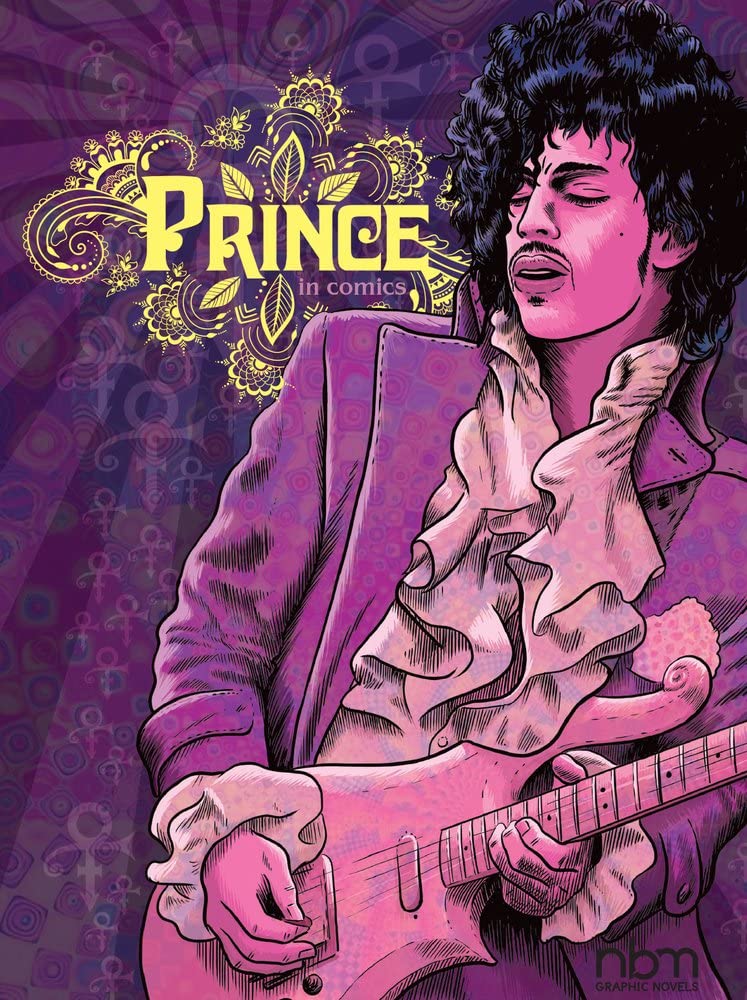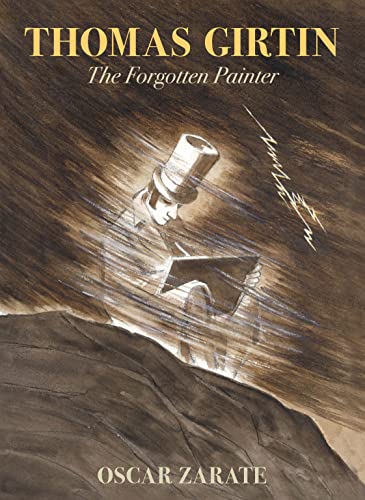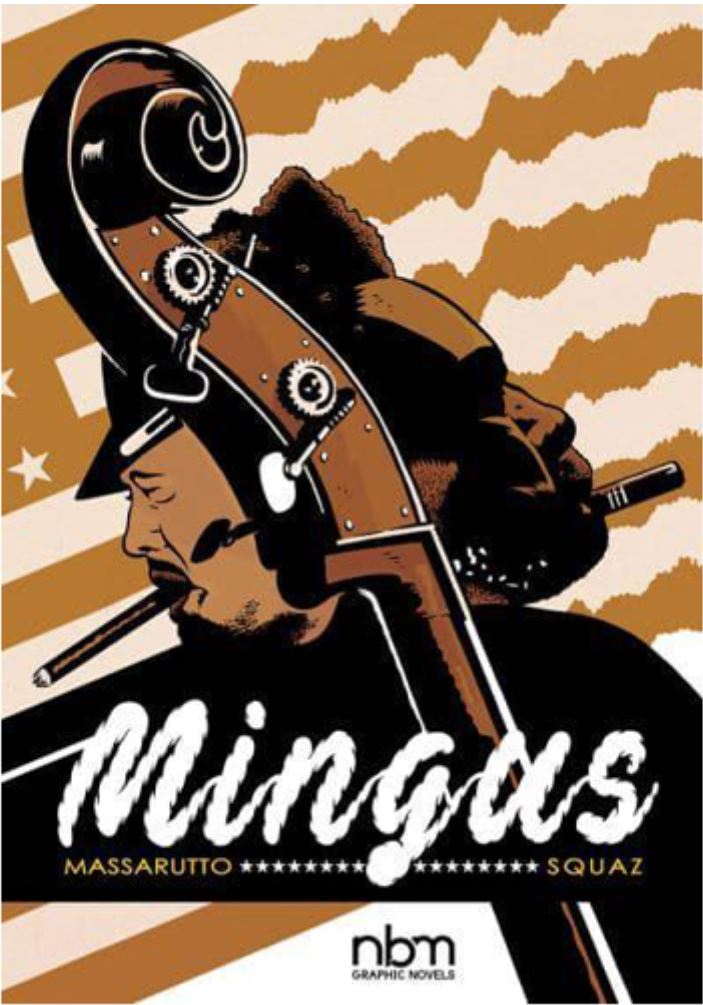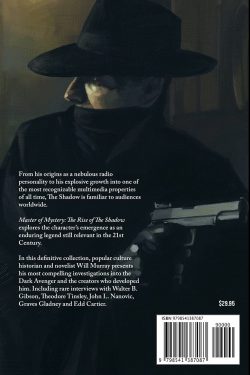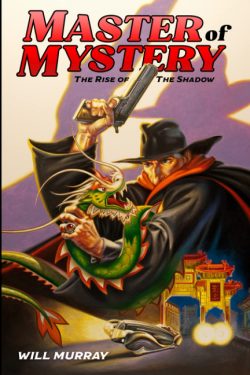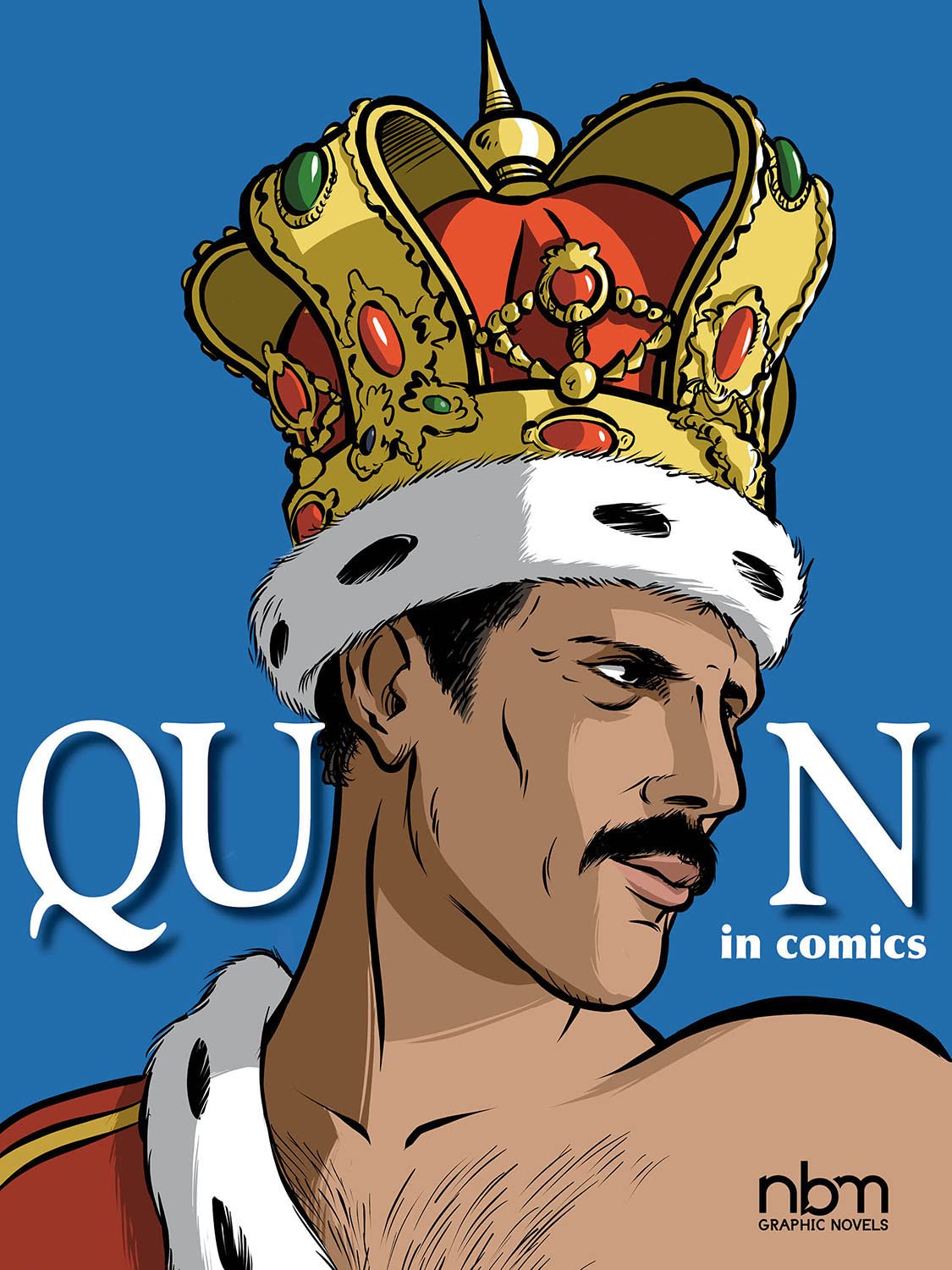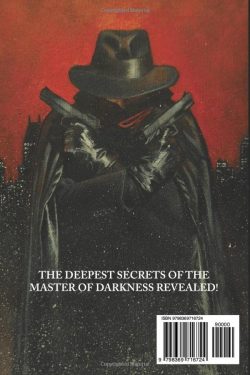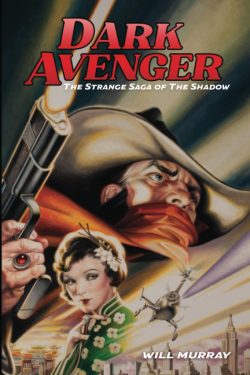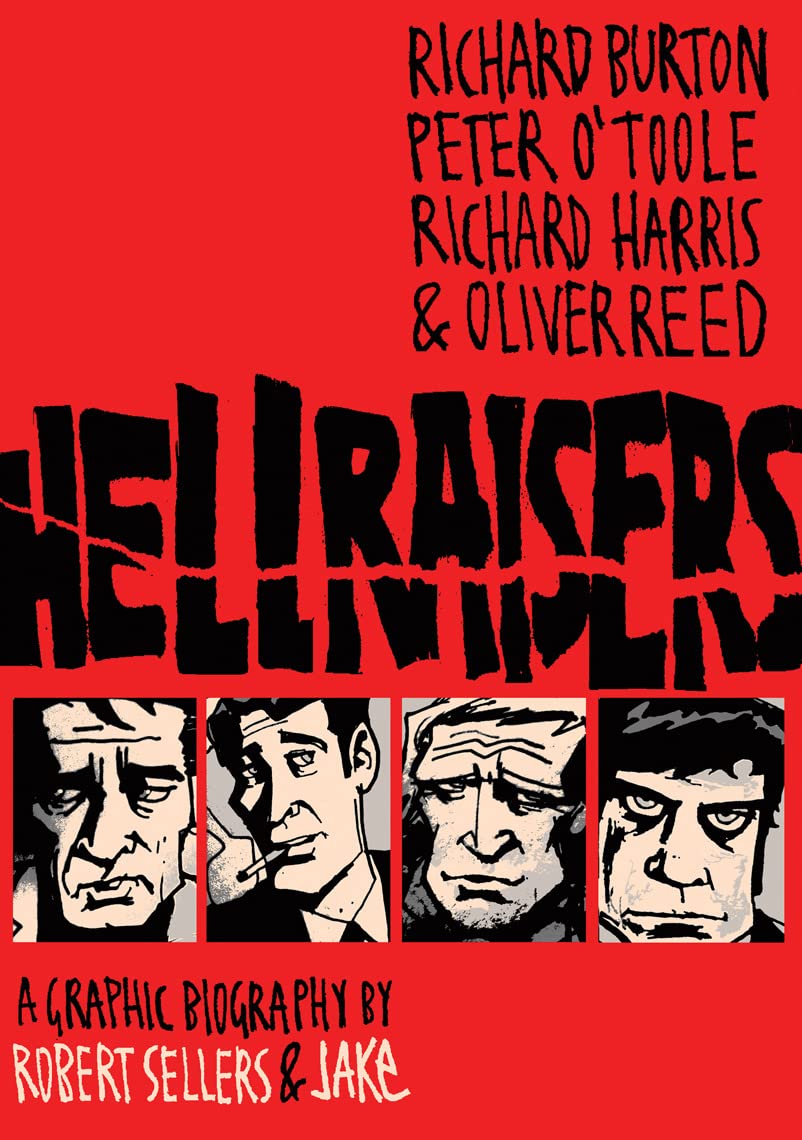
By Robert Sellers & JAKe (SelfMadeHero)
ISBN: 978-1-906838-36-2 (TPB/Digital edition)
Here’s a quandary for you. Why are we blessed with and so obsessed by the capacity for self-destruction? Answers on a beermat to…
Robert Sellers used to be a stand-up comedian – so he has his own perspective – before settling as an author and film journalist with prose biographies including Sting, Tom Cruise, Sean Connery and the Monty Python phenomenon to his name. He’s also contributed to periodicals and magazines like The Independent, Total Film, Empire, SFX and Cinema Retro. And he’s also been seen on TV quite a bit.
In 2009 he published a magnificent history of theatrical excellence and brilliant excess in his Life and Inebriated Times of Burton, Harris, O’Toole and Reed. Two years later, he revisited and reformatted the material in collaboration with prestigious illustrator, designer and animator JAKe (How to Speak Wookiee, cartoon series Geekboy, Mighty Book of Boosh, The Prodigy’s Fat of the Land and so much more, both singly and with the studio Detonator which he co-founded). The artist keeps himself to himself and lets his superb artistry do all the talking.
Self-adapted from his prose history of the iconic barnstorming British film and theatre legends Richard Burton, Richard Harris, Oliver Reed and Peter O’Toole, Sellers transformed Hellraisers into a pictorial feast of “why did he do THAT?!” These tales of lurid limelight reveal the unique and incredible lives of a quartet of new wave, working class thespian heroes; each more famed for boozing and brawling than for acting. The result is a masterful parable and celebration of the vital, vibrant creative force of rebellion.
The histories are diligently interpreted with savage, witty style – and with a heaping helping of barely-suppressed admiration – in ferociously addictive and expressive monochrome cartoon and caricature novelettes by the enigmatic JAKe.
Working on the principle that a Hellraiser is “a person who causes trouble by violent, drunken or outrageous behaviour” and cloaked in the guise of Charles Dickens’ A Christmas Carol, the salutary fables open as another drunken reprobate is thrown out of another pub. It’s Christmas Eve at the Rose & Crown of Broken Dreams and Martin should be home with his wife and son.
After again disgracing himself, and still shaking with DT’s and unexpunged rage, the pathetic drunk staggers back to his loving but scared family, only to pass out. He is awoken by his hellraising father who drank and smoked himself to death seven years previously.
Told that he has one last chance to save himself, Martin is warned that he will be visited by four spirits (no, sadly not that sort) who will regale him with the stories of their lives and fates and failures and triumphs…
What follows is a beguiling journey of bitter self-discovery as Burton, Harris, Reed and O’Toole (still alive at that juncture, but part of the visitation of “spooky buggers” as it’s just a matter of time, my dear boy…) recount their own soused-and-sodden histories, experiences and considerations in an attempt to turn around the piddling lightweight. They’re certainly not that repentant, however, and even proud of the excesses and sheer exuberant manly mythology they’ve made of their lives…
Managing the masterful magic trick of perfectly capturing the sheer charismatic force and personality of these giants of their craft and willing (or helpless?) accomplices in their own downfalls, this superb saga even ends on an upbeat note. However, that’s only after cataloguing the incredible achievements, starry careers, broken relationships, impossibly impressive and frequently hilarious exploits of debauchery, intoxication and affray perpetrated singly and in unison by the departed, unquiet sozzled soul…
Jam-packed with legendary exploits and barroom legends of four astoundingly gifted men who couldn’t stop breaking rules and hearts (especially their own), and blessed/cursed with infinitely unquenchable thirsts for the hard stuff and the aforementioned appetites for self-destruction, this intoxicating, so very tasty tome venerates the myths these unforgettable icons promulgated and built around themselves, but never descends into pious recrimination or laudatory gratification.
It’s just how they were…
Sellers has the gift of forensic language, perfectly channelling the voices and idiom of each star even as JAKe perfectly blends shocking historical reportage with evocative surreal metafiction in this wonderful example of the power of sequential narrative.
Clever, witty and unmissable; isn’t it time you took a little nip to fortify yourself?
© 2010 Robert Sellers and JAKe. All rights reserved.

